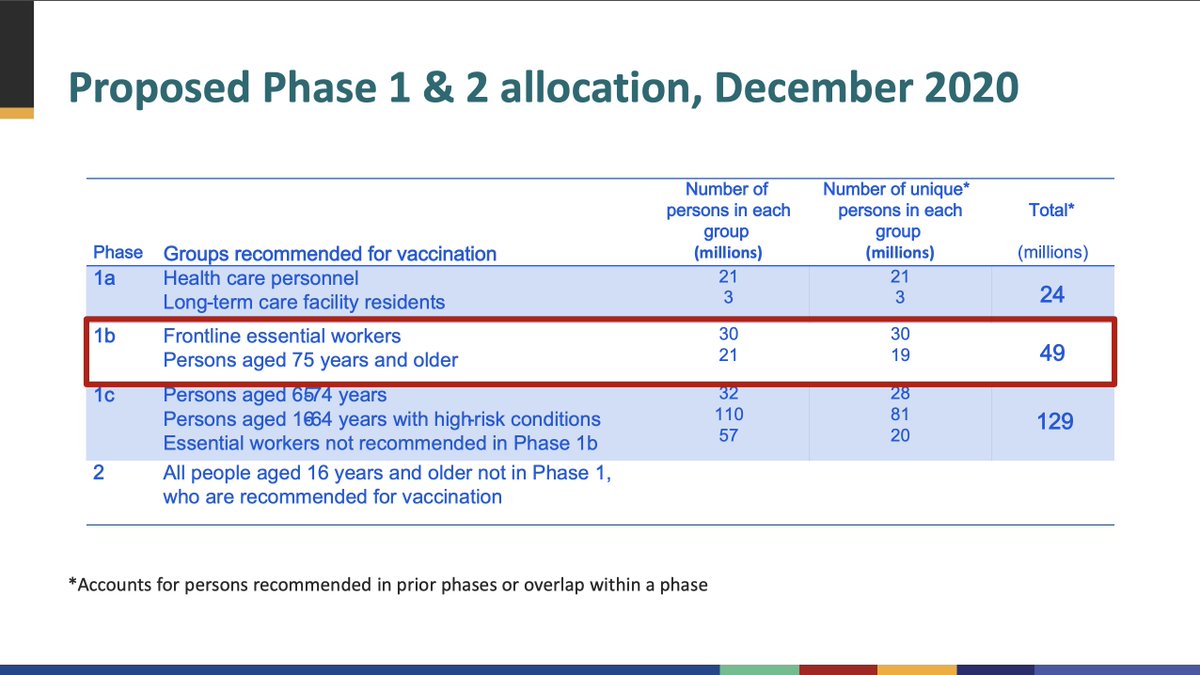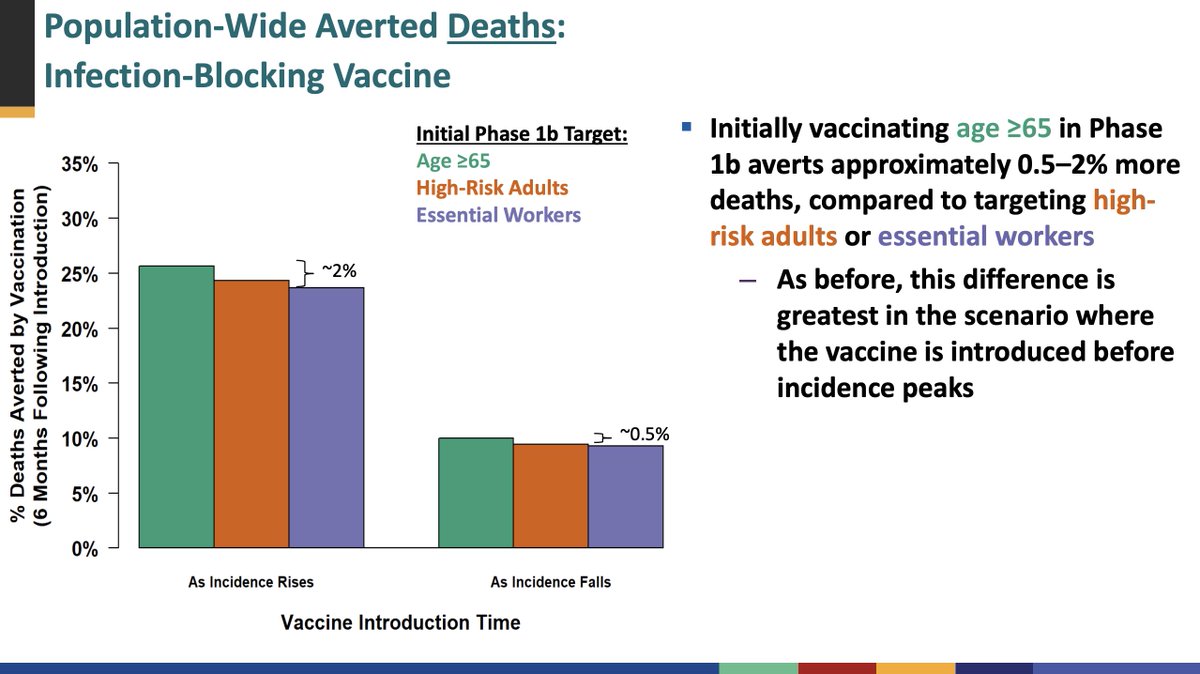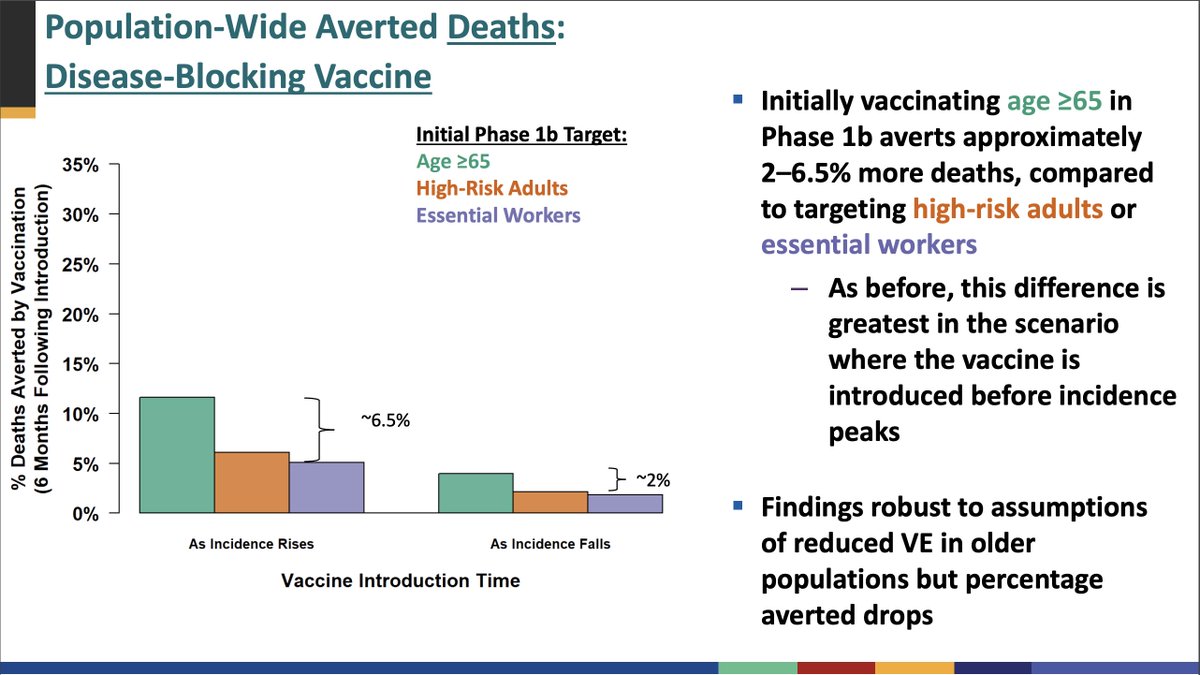
When the CDC is willing to kill thousands of people in the name of social justice, it's hard to know whom or what to trust.
So I wrote about its shocking failure of judgment, and my crisis of faith in America’s institutions, for
@JoinPersuasion.
THREAD
persuasion.community/p/why-im-losin…
So I wrote about its shocking failure of judgment, and my crisis of faith in America’s institutions, for
@JoinPersuasion.
THREAD
persuasion.community/p/why-im-losin…
1)
The CDC came scarily close to adopting a plan that would have killed thousands of people *according to its own model*.
This would have inscribed racial discrimination at the heart of American public policy (and... killed lots of African-Americans) in an astonishing manner.
The CDC came scarily close to adopting a plan that would have killed thousands of people *according to its own model*.
This would have inscribed racial discrimination at the heart of American public policy (and... killed lots of African-Americans) in an astonishing manner.
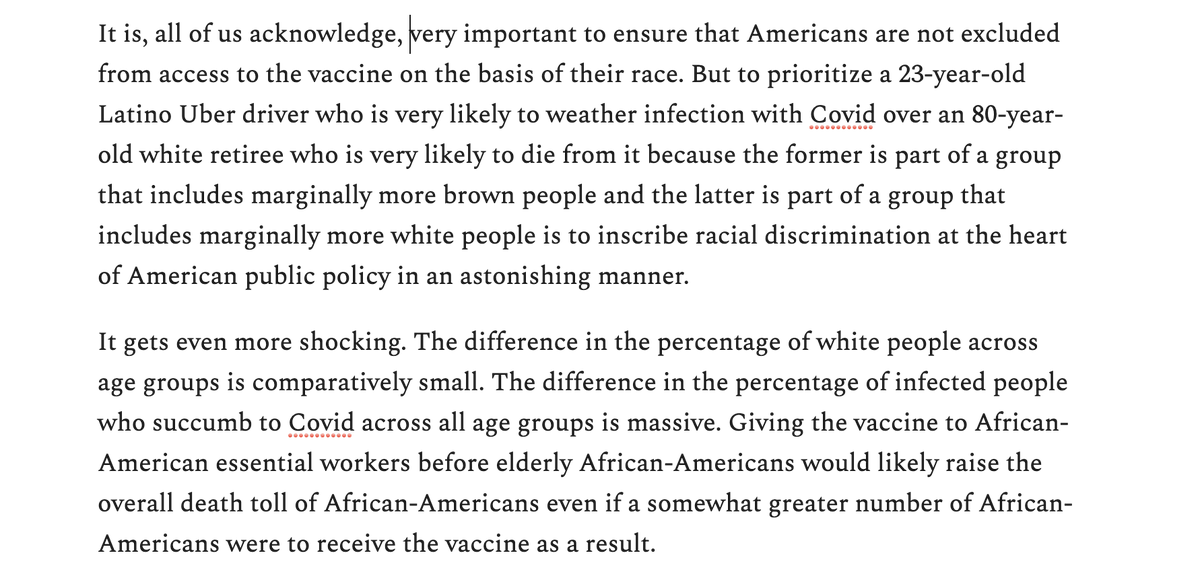
2)
After a big public outcry, the CDC changed course.
The recommendations it ultimately adopted are a real improvement. But though the CDC won’t give us the numbers this time around, they too are likely to lead to needless deaths.
The fight for a just distribution isn't over.
After a big public outcry, the CDC changed course.
The recommendations it ultimately adopted are a real improvement. But though the CDC won’t give us the numbers this time around, they too are likely to lead to needless deaths.
The fight for a just distribution isn't over.
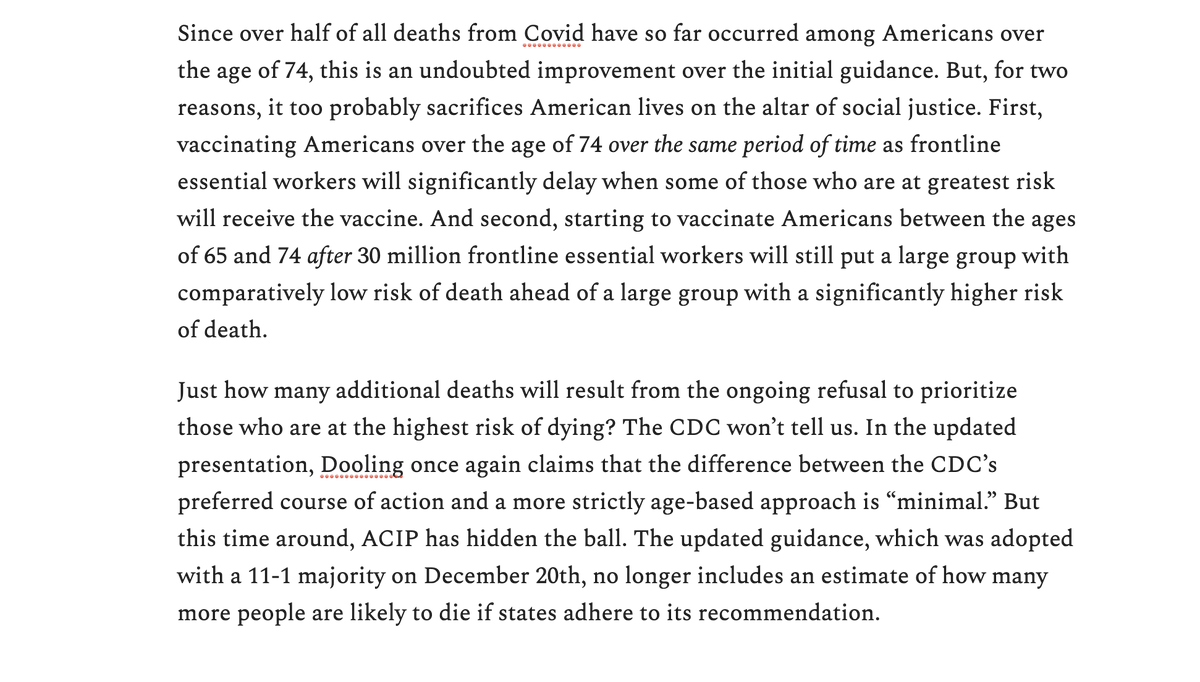
3)
Smart people kept telling me to ignore campus craziness. “This won't affect the real world,” they said.
They were wrong. The CDC’s botched guidance on vaccines should, once and for all, put the idea that the excesses of wokeness won’t affect important decisions to bed.
Smart people kept telling me to ignore campus craziness. “This won't affect the real world,” they said.
They were wrong. The CDC’s botched guidance on vaccines should, once and for all, put the idea that the excesses of wokeness won’t affect important decisions to bed.
4)
By instinct, I trust establishment institutions.
But, like many others, I’m finding it increasingly difficult to trust any institution of American life to such an extent that I’m willing to rely on its account of the world.
And that’s a problem for us all.
[End.]
By instinct, I trust establishment institutions.
But, like many others, I’m finding it increasingly difficult to trust any institution of American life to such an extent that I’m willing to rely on its account of the world.
And that’s a problem for us all.
[End.]
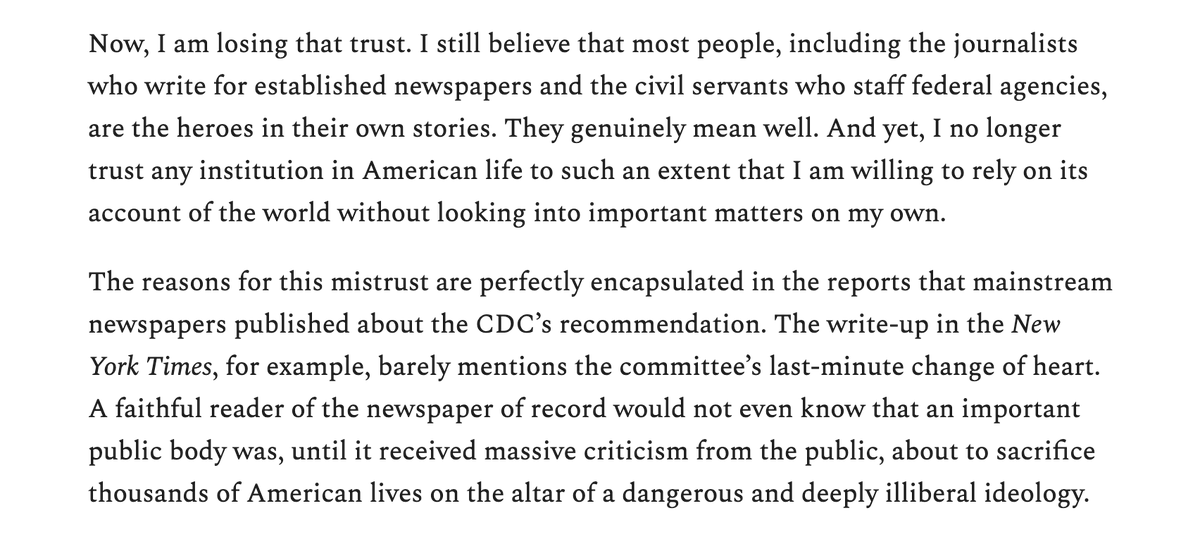
• • •
Missing some Tweet in this thread? You can try to
force a refresh

